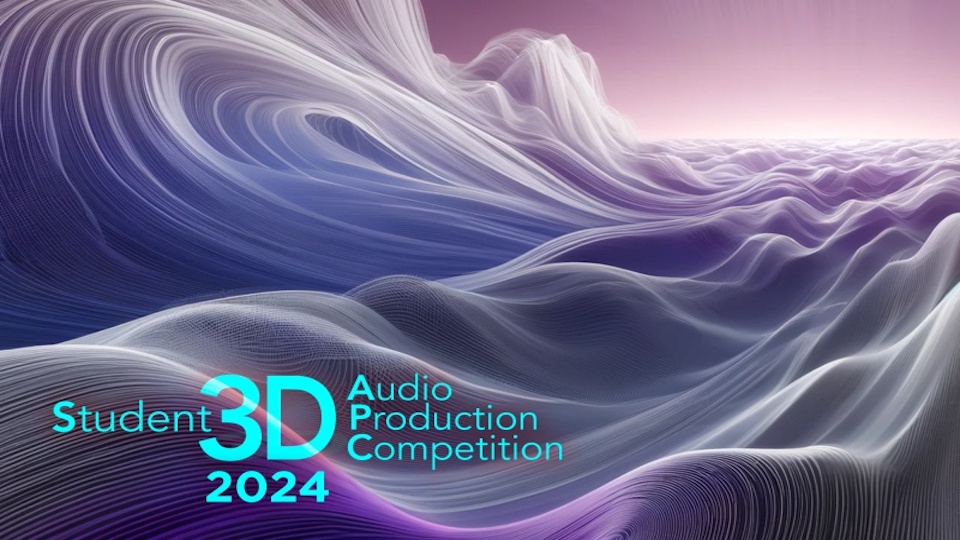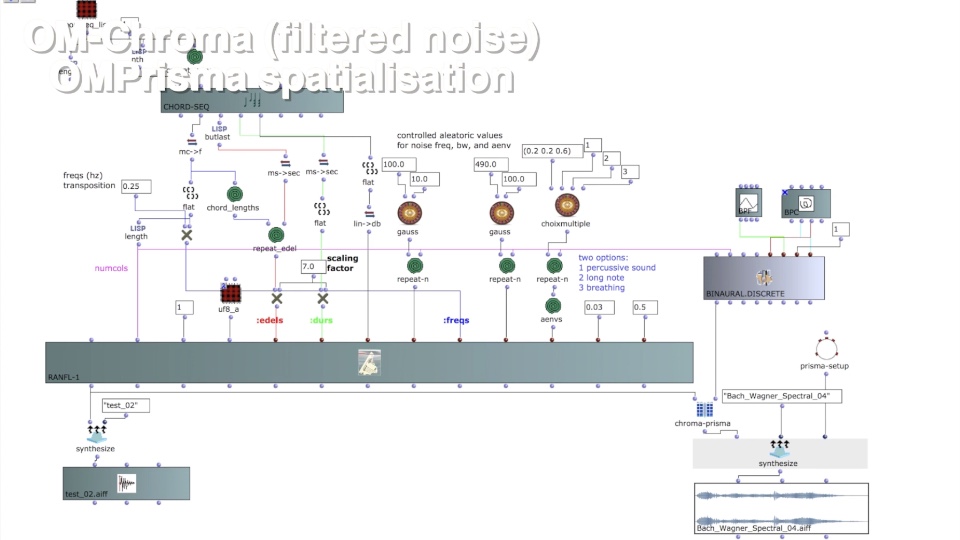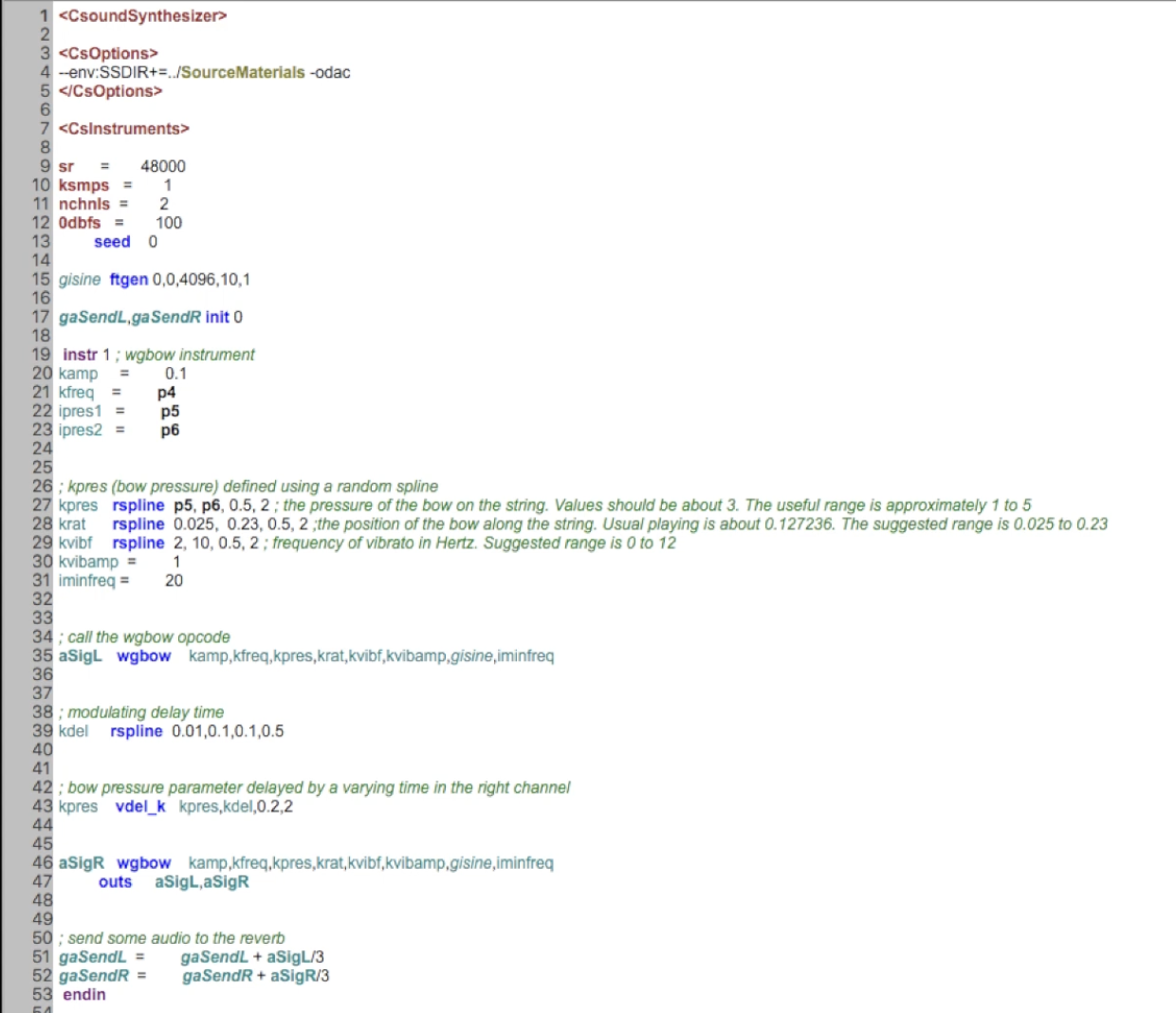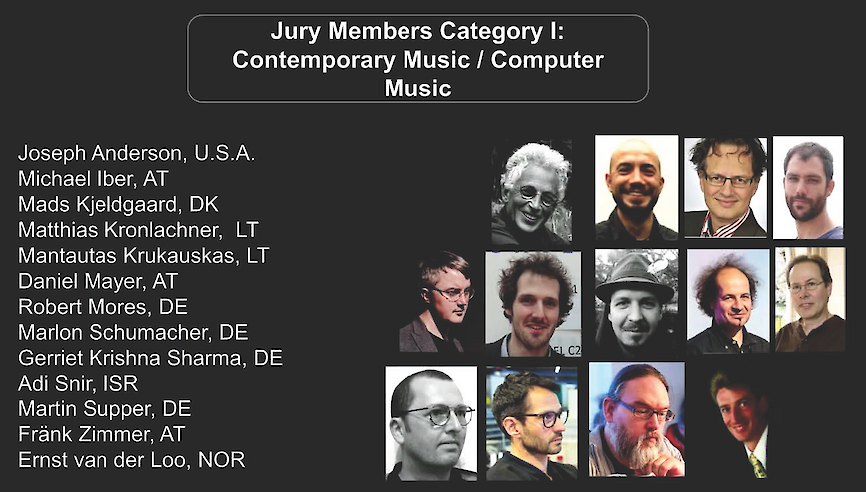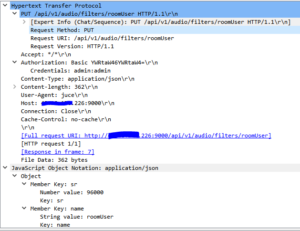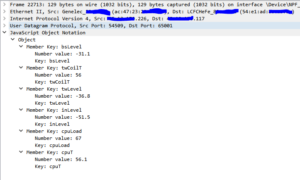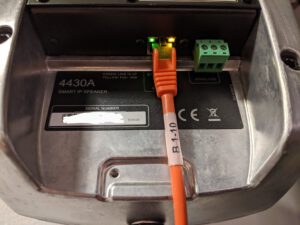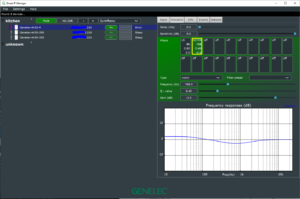The Institute of Electronic Music and Acoustics (IEM) calls for students‘ works to be submitted to Europe’s Eighth 3D Audio Production Competition that is going to be hosted at IEM in Graz, with vdt, ORF musikprotokoll, and Sounding Future as partners.
The event is going to be hosted at IEM in Graz, with vdt, ORF musikprotokoll, and Sounding Future as partners. The call is issued for the three production/composition categories:
- Contemporary / Computer music
- Audio drama / Documentary / Soundscapes
- Music recording / Studio production.
I am glad to be serving again as artistic jury member.
Please consider contributing!
More detailed information can be found in the pdf below as well as under this link to the official call by the Austrian National Broadcast Organization ORF.
2024_student3daudioproductioncompetition_extended
